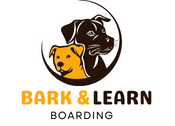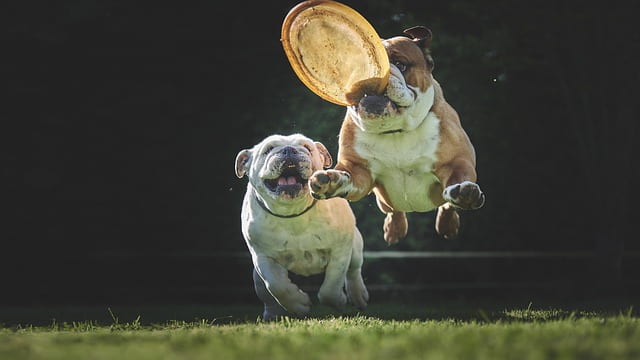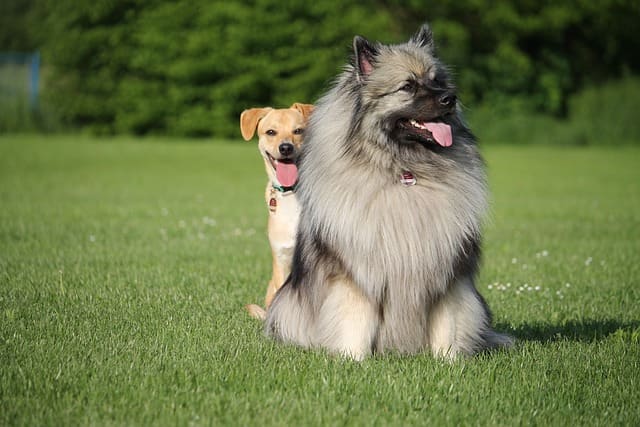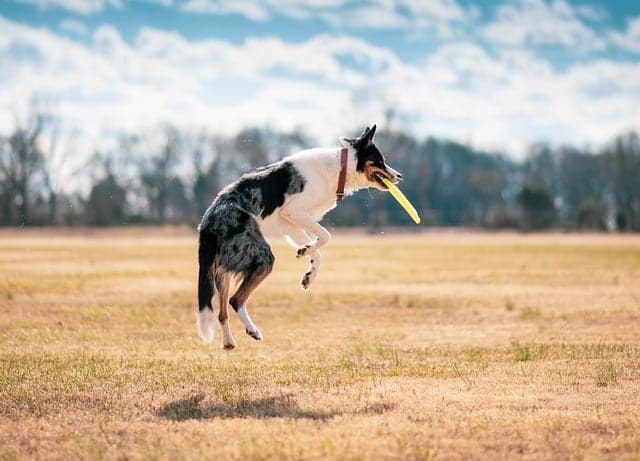Dog training games offer a fun way to teach your dog essential skills, But how?
Dog training is essential for a well-behaved, happy, and stimulated pup. While traditional training methods are crucial, integrating Fun and engaging games into your training routine can make learning enjoyable for you and your furry friend.
Training your furry friend doesn’t have to be all serious business. Incorporating games into your dog’s training regimen can make the process effective.
In this article, we’ll explore various dog training games designed to reinforce obedience commands, improve agility, and have fun with your canine companion.
The Power of Play:
Before we dive into specific games, let’s explore why incorporating play into training is so effective.
Dogs are naturally playful creatures, and integrating games into their training taps into this innate behavior. Play stimulates their minds, relieves stress, and channels their energy into productive activities.
Moreover, it fosters trust, communication, and cooperation.
Top 9 Dog Training Games:
1. Hide and Seek:
Hide and seek is not just a little ordinary game for children; it’s also an excellent way to reinforce the recall command (come).
Begin by having your friend’s dog sit and wait while you hide in another room or behind furniture. Once hidden, call your dog’s name followed by the command “come.”
When he finds you, reward him with praise and a treat. Gradually increase the difficulty by hiding in different locations or adding distractions.
2. Fetch:
Fetch is an essential classic game that provides both exercise physical as well as mental stimulation for your dog.
Begin by teaching to retrieve a toy or ball using positive reinforcement techniques. Once your dog understands the concept, incorporate obedience commands such as “fetch,” “drop it,” and “leave it.”
This game helps reinforce commands like “take it” and “bring it back” while keeping your dog active.
3. Clicker Training:
Clicker training is a popular dog training method that utilizes a small handheld device to mark desired behaviors with a distinct sound, followed by a reward.
Start associating the clicker sound with treats by clicking and rewarding your dog immediately afterward.
Once your pet dog understands the concept, you can use the clicker to teach new commands or behaviors, such as sitting, lying down, or even tricks like shaking paws or rolling over.
4. Tug of War:
Tug of war is a great way to build strength, agility, and impulse control in your dog while strengthening your bond.
Use a sturdy rope toy or tugger for your dog and engage them in a friendly game of tug with your dog. Remember to establish rules, such as releasing the toy on command and not allowing teeth on skin or clothes.
Tug of war teaches your dog self-control and helps reinforce commands like “take it” and “drop it.”
5. Puzzle Toys:
Puzzle toys are interactive games that challenge your friend’s problem-solving skills and keep them mentally stimulated.
Fill a puzzle toy with treats or kibble and encourage your dog to figure out how to access the food. When your dog learns to manipulate the toy, you can increase the difficulty by using more complex puzzles or hiding multiple toys around the house for them to find.
Puzzle toys are a brilliant way to prevent boredom and provide enrichment for your dog.
6. Name That Toy:
Name that toy, a game that helps reinforce object recognition and the “fetch” command. Teach your dog the specific names of their toys using positive reinforcement techniques.
Once your dog knows the names of their toys, scatter them around the room and ask your dog to fetch a toy by recalling a specific name.
Reward and appreciate your dog when they bring back the correct toy. This game improves their listening skills.
7. Brain Teasers:
Just like humans, dogs enjoy a mental challenge. Brain teaser games stimulate their cognitive abilities and provide enrichment.
Activities such as puzzle toys, where your dog has to work to access treats, are excellent for mental stimulation. You can also create DIY games using household items, like hiding treats under cups or teaching your dog to find hidden objects based on scent cues.
These games entertain and tire your dog mentally, which is especially beneficial for high-energy breeds.
8. Obstacle Course:
Create and organize a mini agility course in your backyard or living room to challenge your dog’s physical abilities and obedience skills.
Use objects like cones, tunnels, hurdles, and weave poles to design a course tailored to your dog’s size and abilities. Guide your dog through the course using commands like “sit,” “stay,” “come,” and “jump.”
As your dog masters each obstacle, increase the complexity of the course to keep them engaged and motivated. Obstacle courses are great for physical exercise and promote confidence and coordination.
9. Trick Training:
Teaching new tricks is not only fun but also mentally stimulating. Start with simple tricks like sit, stay, and shake, then gradually progress to more advanced tricks like roll over or play dead.
Break each trick down into small steps and use treats to reward your dog for successful completion.
Benefits of Dog Training Games:
1. Mental Stimulation:
Dogs also need mental stimulation to stay relaxed, happy, and healthy like humans. Training games challenge your dog’s mind, encouraging problem-solving and cognitive skills.
2. Bonding:
Training games provide an opportunity for quality time with your dog. Engaging in activities strengthens your bond, and you deepen your relationship.
3. Physical Exercise:
Many training games incorporate physical activity, helping to keep your dog fit and active. This is especially beneficial for breeds that require lots of exercise to prevent boredom and behavioral issues.
4. Have Fun:
The most important thing is to have Fun with your dog! Training games should be enjoyable, so don’t be afraid to get creative and try new things.
Conclusion:
Incorporating Fun and engaging games into your dog training routine benefits obedience and behavior and strengthens the bond between you and your furry friend.
Whether playing hide and seek, engaging in a game of tug of war, or navigating an agility course together, these activities provide mental stimulation, physical exercise, and quality time spent with your canine companion.
So, grab your dog’s favorite food and get ready to have some fun while teaching valuable skills that will last a lifetime.
FAQ’s
Q: Can I play training games with my puppy?
A: Training games are great for puppies to learn basic commands and socialize.
Q: How do I know which games suit my dog’s breed?
Most training games can be adapted for any breed, but consider your dog’s size, gy level, and temperament when selecting games.
Q: Are training games a substitute for obedience classes?
A: Training games are a valuable addition to obedience classes, reinforcing commands in a fun and interactive way.
Q: Can I create my training games?
A: Absolutely! Tailoring games to your dog’s preferences can enhance engagement and learning.
Q: How do I keep my dog interested in training games?
A: Rotate games regularly, use high-value treats as rewards, and keep sessions short and upbeat to maintain your dog’s interest.
Q: Are there any safety concerns with training games?
A: Always supervise play to prevent accidents, then choose toys and equipment appropriate for your dog’s size and strength.
Q: Can training games help with behavior issues like chewing or barking?
A: Yes, training games can redirect your dog’s energy and help to address and prevent unwanted behaviors.
Q: Should I consult a professional trainer before starting training games?
A: It’s always an idea to seek guidance from a professional trainer, especially if you need clarification on techniques or your dog’s behavior.



